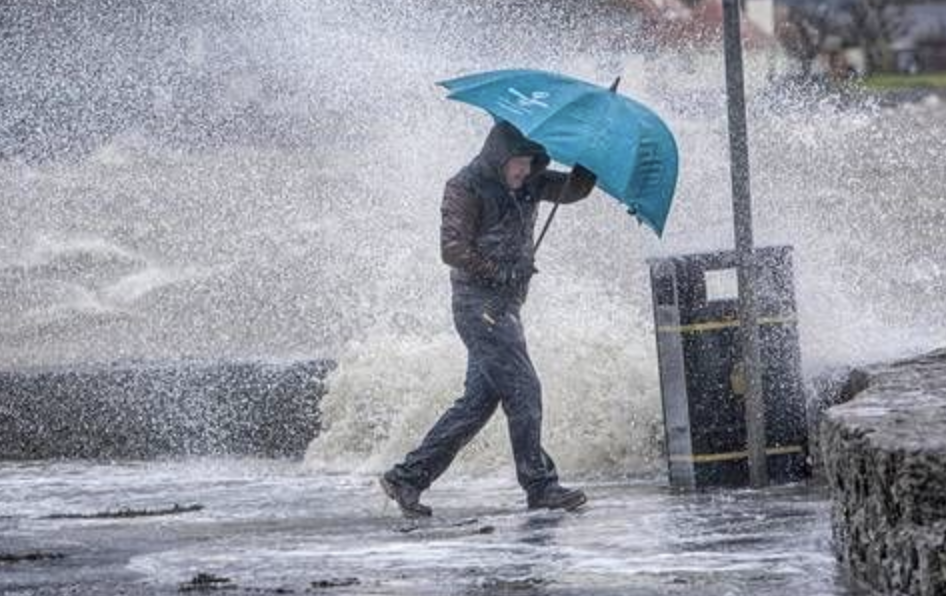The Province is urging people to prepare and be diligent as Environment and Climate Change Canada issues weather alerts for a series of storms with heavy rain, strong winds and snow in some areas.
The storms are expected to arrive in B.C. later today, Wednesday, Nov. 25, through to next week.
Winter storm, rainfall, wind, snowfall and flood warnings have been issued throughout B.C.’s coastal areas, including the north coast, central coast and Vancouver Island.
Special weather statements are in effect for Metro Vancouver and the Fraser Valley, Squamish to Whistler and the Sunshine Coast.
Flood conditions may arise in the areas over the period of these storms. The River Forecast Centre has issued high streamflow advisories for all regions of the coast.
People in these areas are asked to avoid all non-essential road travel during the upcoming storms. For up-to-date public weather alerts, visit Environment and Climate Change Canada’s website: https://weather.gc.ca/warnings/index_e.html?prov=bc
People living in these regions can take a number of steps to prepare for stormy weather:
- Strong winds can down trees (especially those weakened by drought conditions) and power lines.
- Everyone should be mindful of the danger of falling trees.
- During a power outage or other disruption to infrastructure, you may need to cope at home for a prolonged period without access to amenities like electricity or tap water. To prepare for this, build a household emergency kit with enough non-perishable food, water and supplies to support your household for a week. Make sure it is stored in an easily accessible location that everyone knows about.
- Protect your home from potential floods by clearing out your gutters, maintaining perimeter drains, making sure downspouts are far enough away from your residence, and checking nearby storm water drains on your street are free of leaves and blockage.
- Store valuables and important items or documents in water-tight containers or in higher places, such as on a tall shelf or upper floor.
- Develop an emergency plan. Knowing what to do will reduce anxiety and help keep you focused and safe.
- Know your neighbours who may require extra care and check in on them.
- If your lights go out, check to see whether BC Hydro is already aware of the outage by visiting: bchydro.com
- If your outage is not listed, call 1 800 BCHYDRO (1 800 224 9376), or *49376 (*HYDRO) on your mobile phone. You can also log in to your BC Hydro account to report an outage online.
- Torrential rains can cause overland flooding and creeks and rivers to quickly overflow.
- Avoid these water channels because they tend to fill up quickly. Riverbanks that look stable can be eroded beneath the surface causing unstable ground that could collapse.
- Keep children and pets away from stream banks and watch for changing conditions, particularly if you live in low-lying areas or near waterways.
- Drive carefully and never attempt to drive through floodwater.
- The depth of water is not always obvious. The roadbed may be washed out under the water and sink holes could exist but be unseen.
- Approximately 15 centimetres (six inches) of water will reach the bottom of most passenger cars, causing loss of control and possible stalling, and 30.5 centimetres (a foot) of water will float many vehicles.
- If a car begins to flood, abandon it quickly and head to higher ground.
- Before heading out, check for the latest on road conditions online: Drivebc.ca
- Drivers are reminded that B.C.’s winter tire regulations are in effect. Slow down and watch for icy road conditions.
- The Ministry of Transportation and Infrastructure has extra crews and equipment on standby, ready to respond as necessary.


